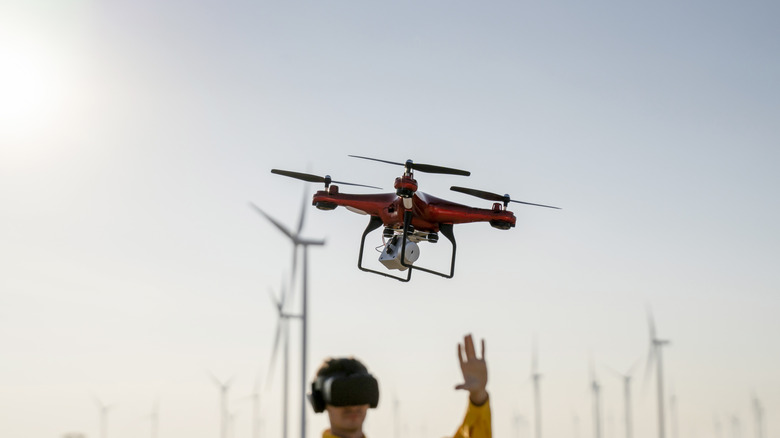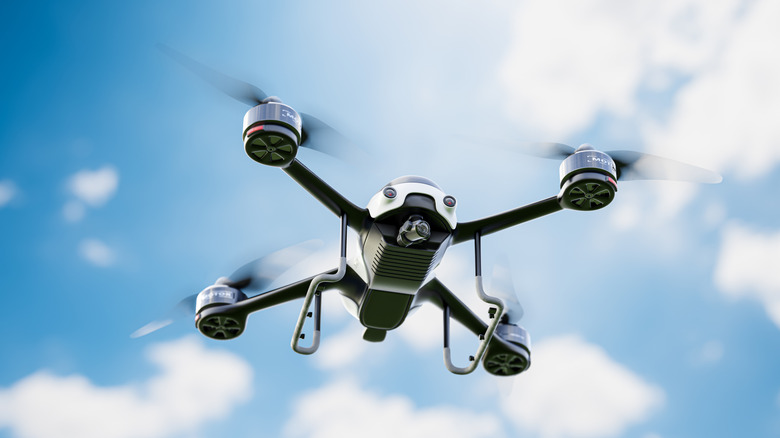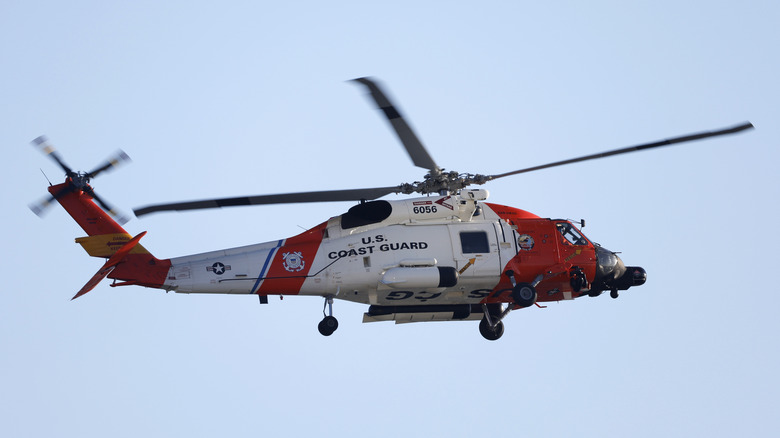Why Drones Have Four Propellers (But Helicopters Have Three)
Over the past few years, labels such as DJI have pushed drones into the mainstream. If you look closely, you'll notice that a majority of them have four propellers, while helicopters have fewer of those, even though the purpose is fundamentally identical. The number and size of propellers vary because an average quadcopter and a helicopter are designed to fly with totally different objectives in mind. Quadcopter drones are used for video capture by professionals, while in the service realm, they've been put to use for delivering small packages, medical equipment, and agricultural chores. In a nutshell, drones can handle movements across all axes and squeeze through tight spaces with ease, without requiring too much technical know-how.
Helicopters are an entirely different beast. To ferry passengers or carry massive loads of all kinds, helicopters require a large propeller system that can generate enough vertical lift and also enable forward push at speeds far exceeding an average quadcopter drone. To achieve that, you need much larger blades on the rotor, which leaves little room for putting more rotors on the chassis.
Single rotor helicopters are, by far, the mainstream. However, niche configurations with different rotor engineering (and numbers) have been developed over the years. The Boeing CH-47 Chinook is a dual-rotor tandem helicopter, the Kamov Ka-27 has a coaxial design where two rotors are mounted on the same vertical axis, while tilt rotor helicopters such as the Bell Boeing V-22 Osprey take a radically different approach with a swiveling rotor assembly.
The crucial role of paired rotors on drones
As mentioned above, drones are intended to handle an entirely different type of work compared to a helicopter. Unlike a helicopter, a drone handles lift-off and directional movement using a set of identical rotors. For takeoff, the blades spin until they create enough upward force to cancel the pull of gravity, while any further boost in the lift force helps a drone climb higher. For forward thrust, the speed of the propellers is changed, which causes the drone to tilt on one side. The side that remains elevated dictates the direction of forward push. "The result is that the quadcopter moves in the direction of the side where less lift is created," explains NASA. The tandem work between the two rotors also allows them to rotate, unlike military drones.
A clever engineering approach that is at work here is making the rotor pairs spin clockwise and anti-clockwise to balance torque. Additionally, the blades in each rotor pair are designed differently so that their net effect generates upward thrust, irrespective of their spin direction. This rotor-pair mechanism is what grants quadcopter drones a high degree of precision and agility with movements, alongside aerial stability.
They're not without their flaws, however. "Quadcopters are also inefficient due to their numerous propellers and the blade tip vortices they generate—in addition to their limited size," notes Jiangping Wang, founding chief of Ziyan UAV. He further adds that quadcopter drones can't quite match the aerodynamic efficiency of single-rotor helicopters.
The rotor approach for helicopters
When talking about helicopters, one needs to consider that they are big and bulky. Therefore, they need to generate much higher vertical thrust for lift off, which would need large rotors to achieve. But due to shape and size constraints, a single rotor is the preferred route. In the context of helicopters, when we say propellers, we are dealing with blades, because they usually have one large rotor at the top and a small one mounted vertically at the back for torque cancellation.
Large blades are crucial because they accelerate a larger volume of air to create lift, and at the same time, do it at a lower downwash velocity. Now, let's discuss the propeller, or blade, numbers. A majority of helicopters with a single main rotor usually have three blades, although the number can range between two and five. Even on helicopters with a tandem or coaxial rotor design, the number of propellers is usually three.
That number is not random. As per Anthelion Helicopters, it's a "result of a careful balance between various design considerations, including lift distribution, efficiency, maneuverability, weight, and cost." Having more blades has its own set of benefits, such as higher life efficiency, better airflow, lower drag, and reduced vibration. However, more blades also mean higher power uptake, system complexity leading to a surge in costs, and reduced maneuverability. Three propellers offer the best of both worlds, while drones need a balancing approach with four rotors working in pairs.


